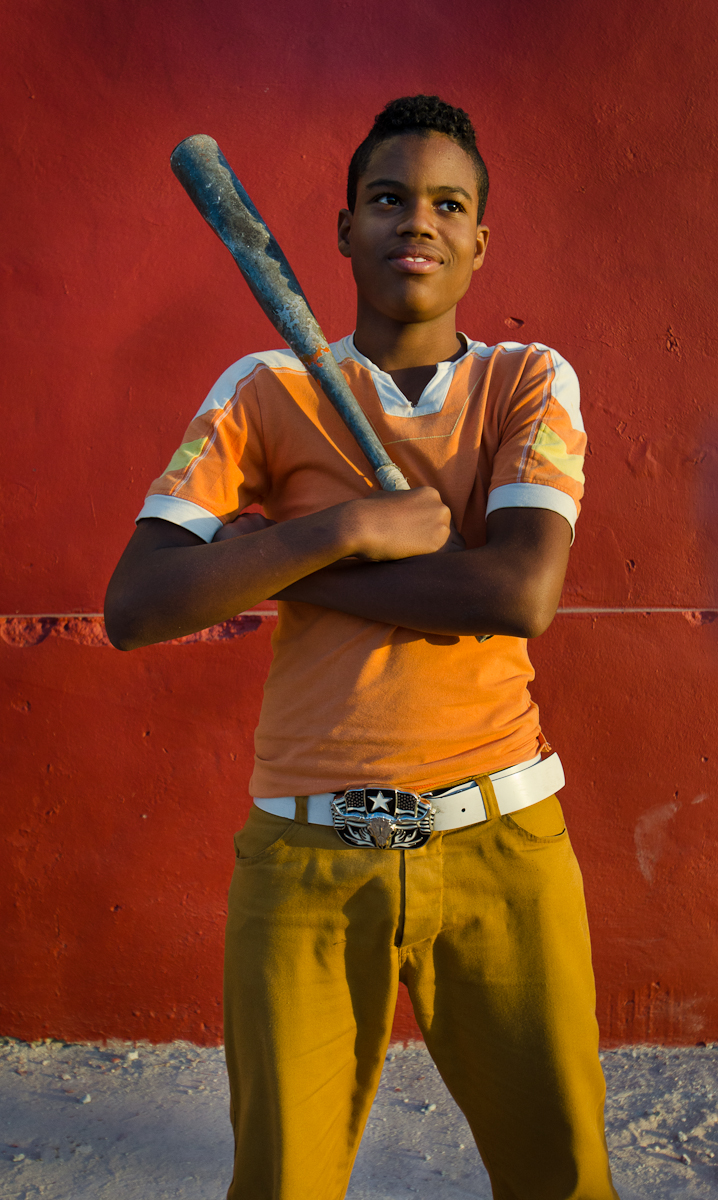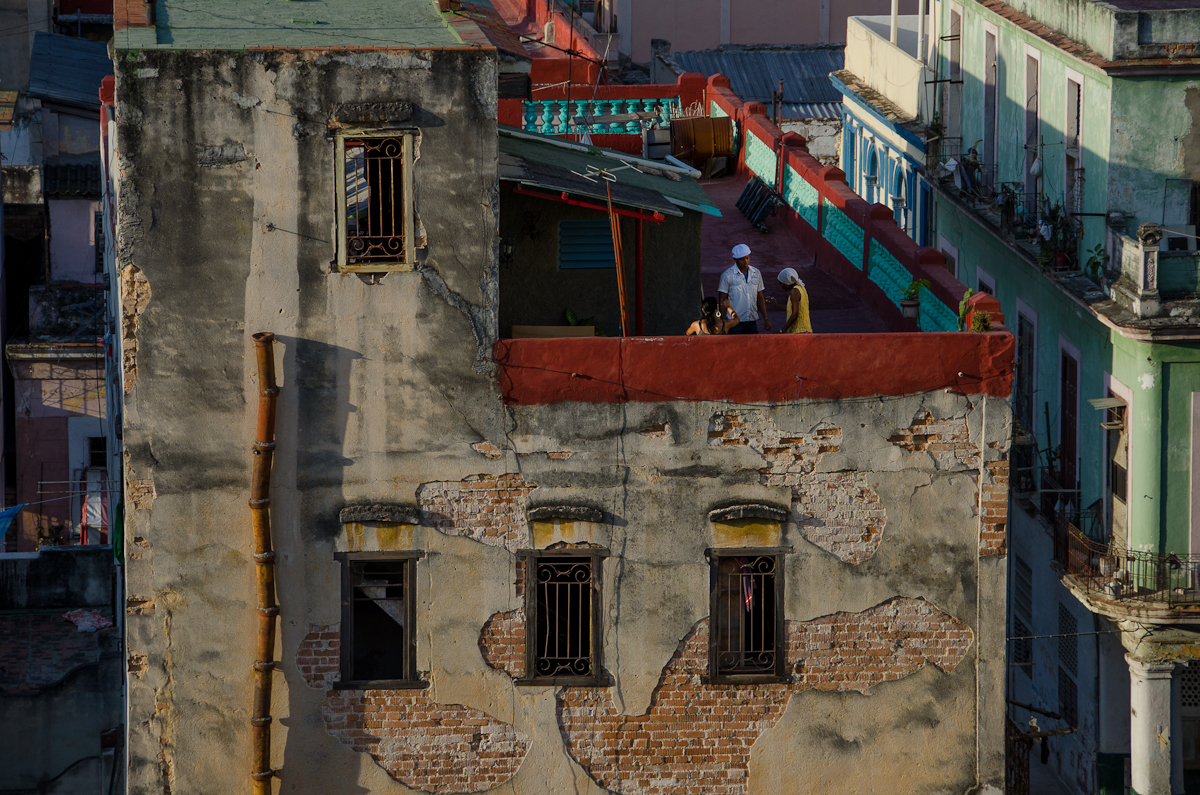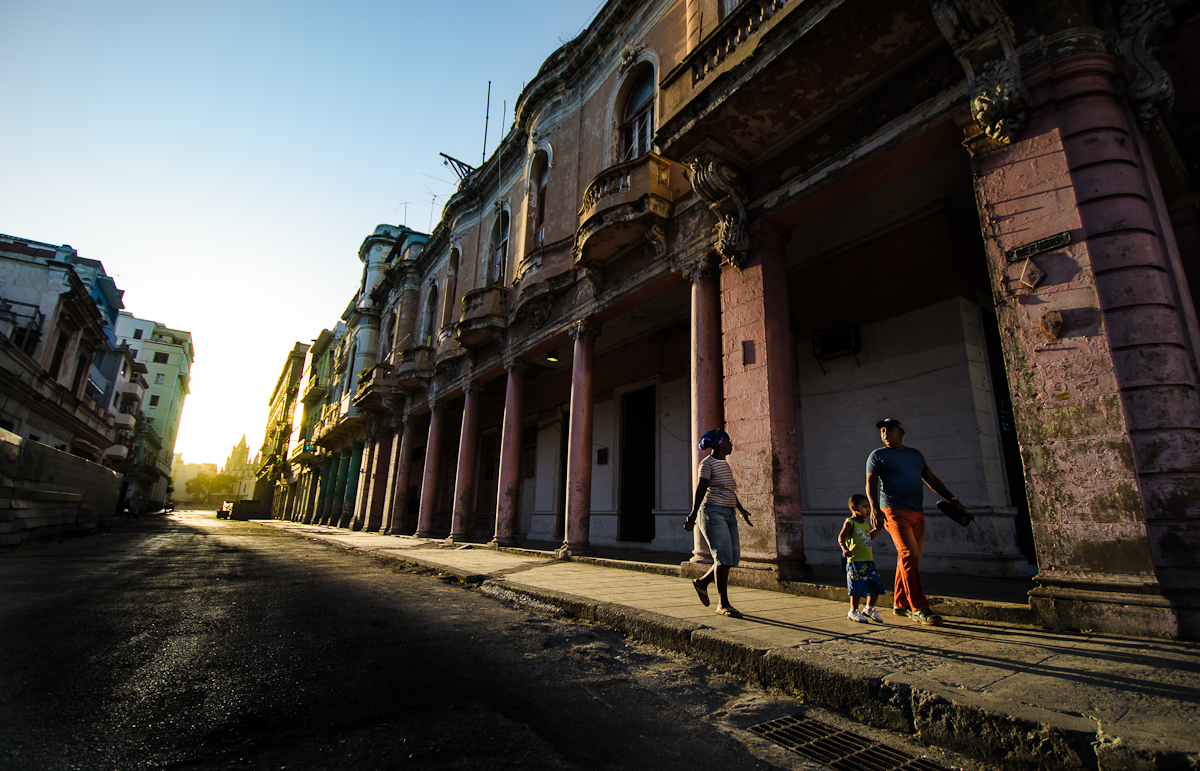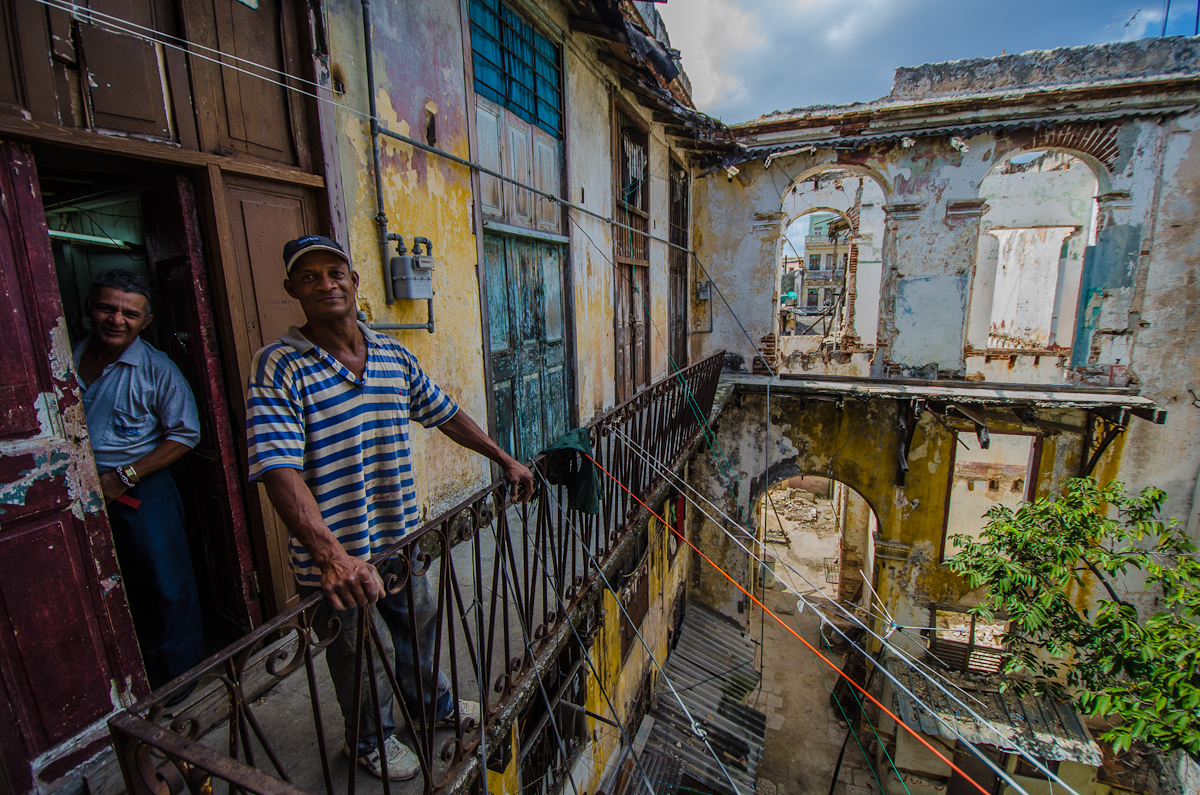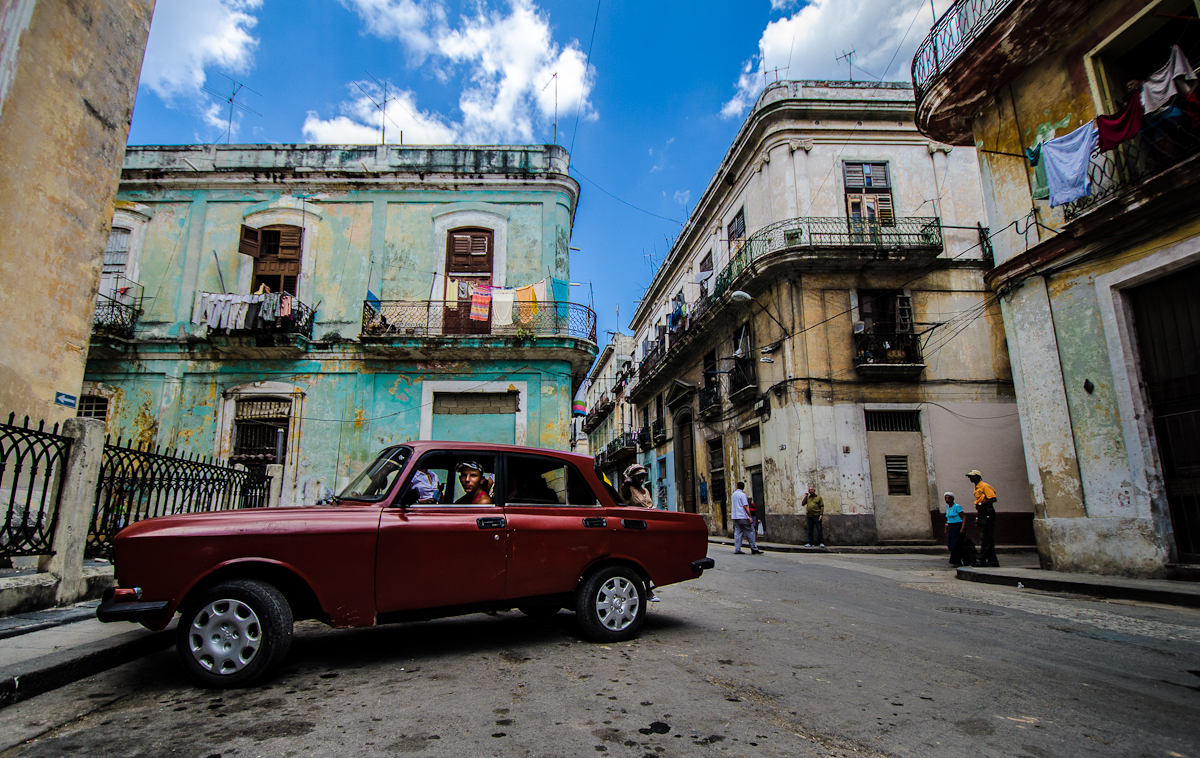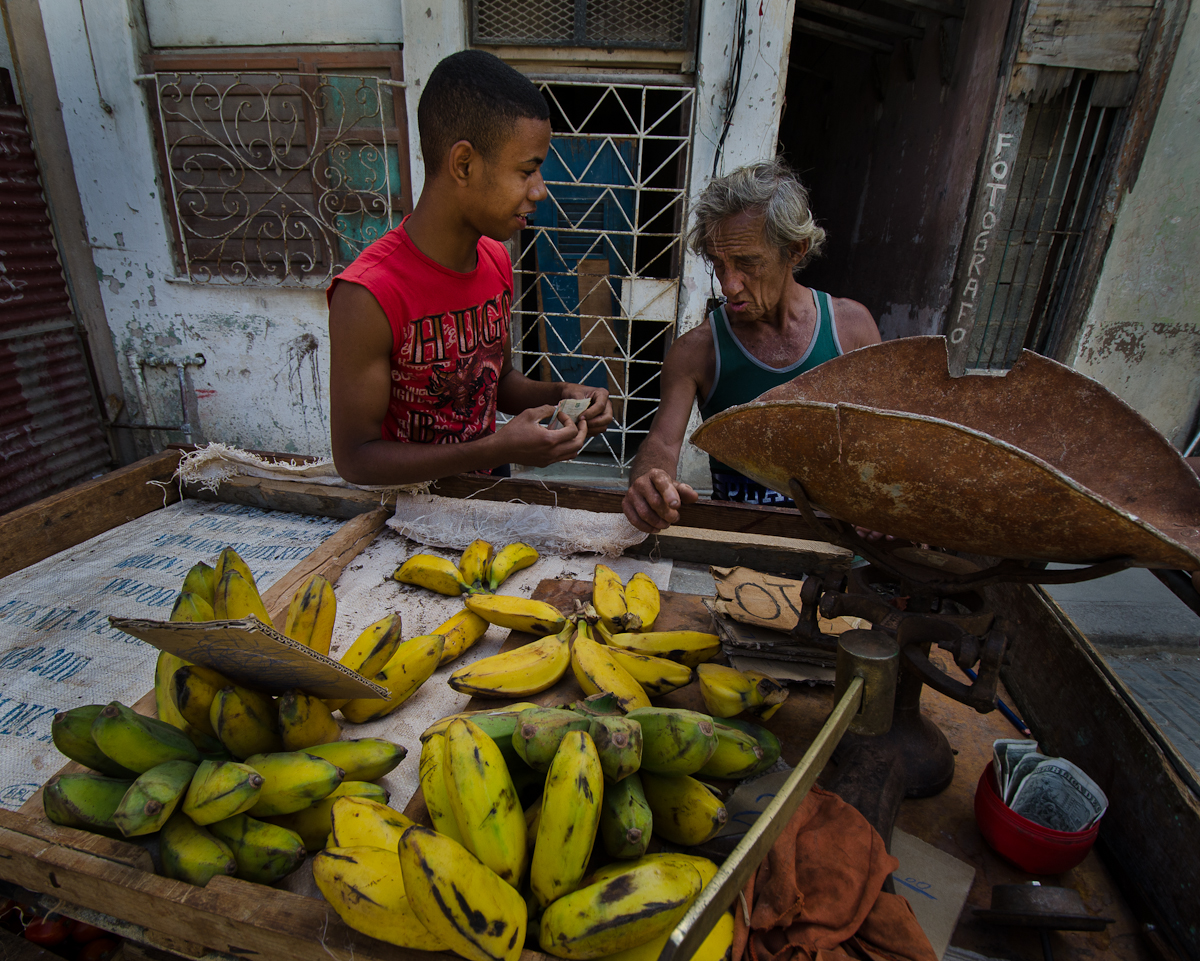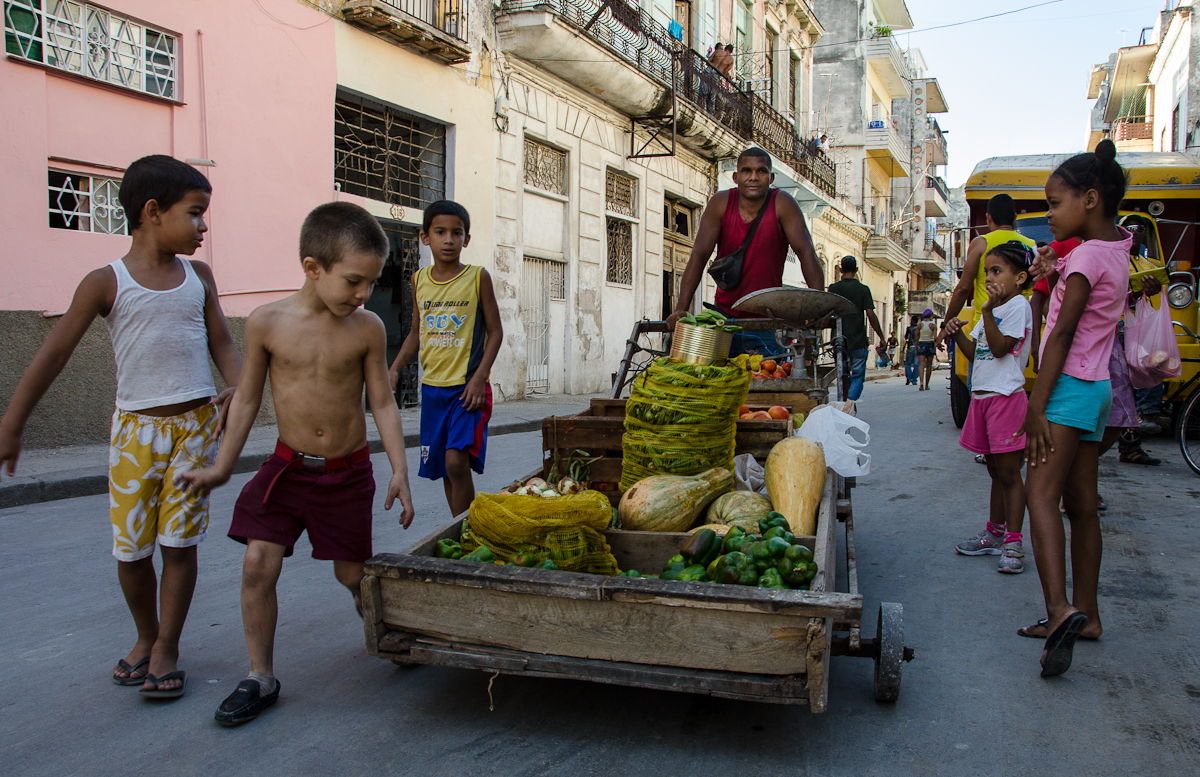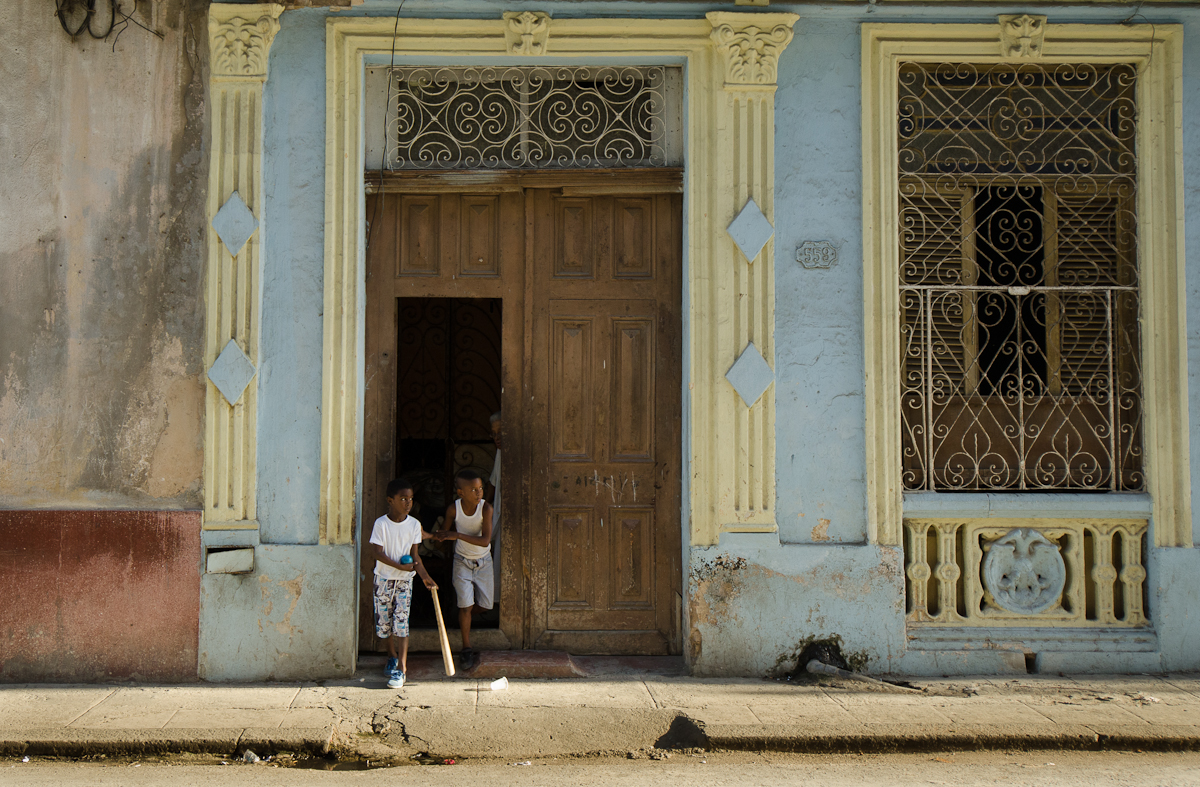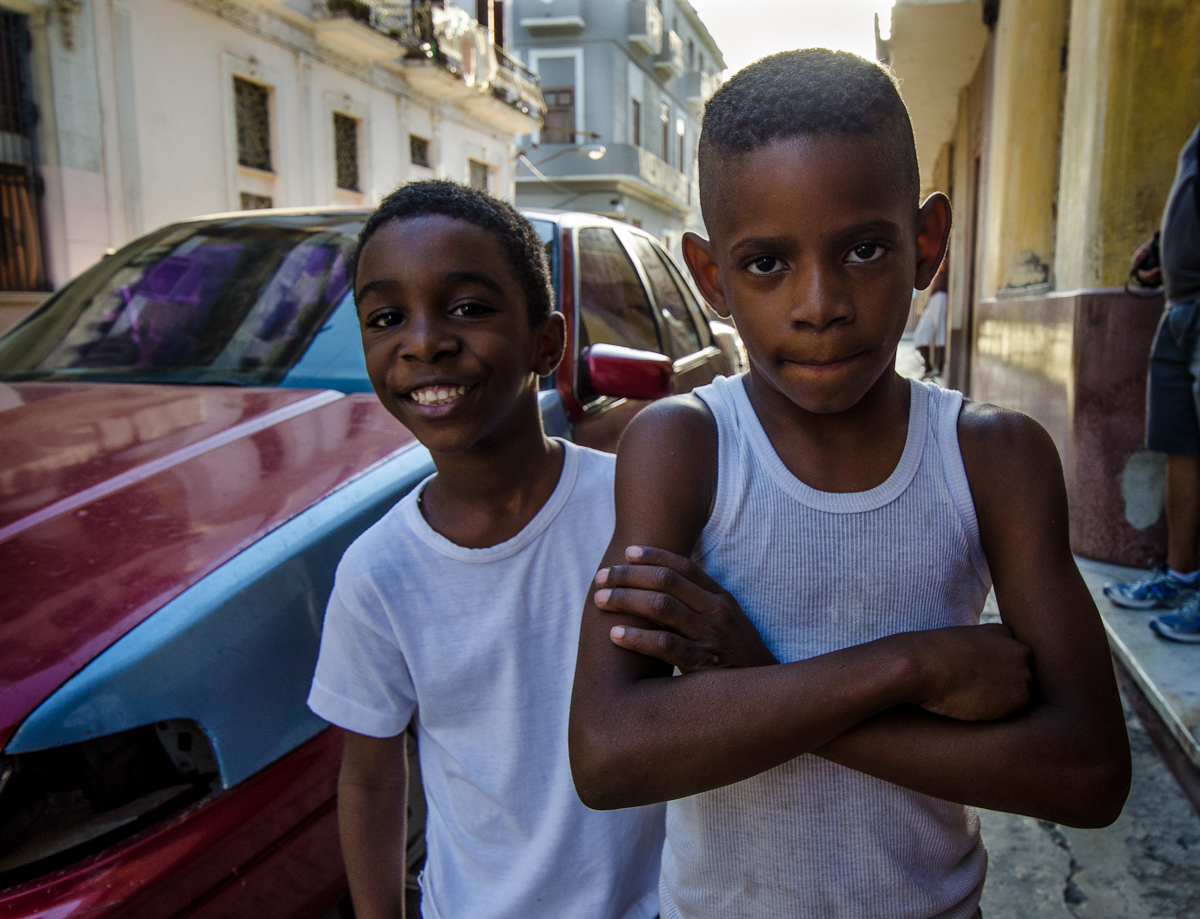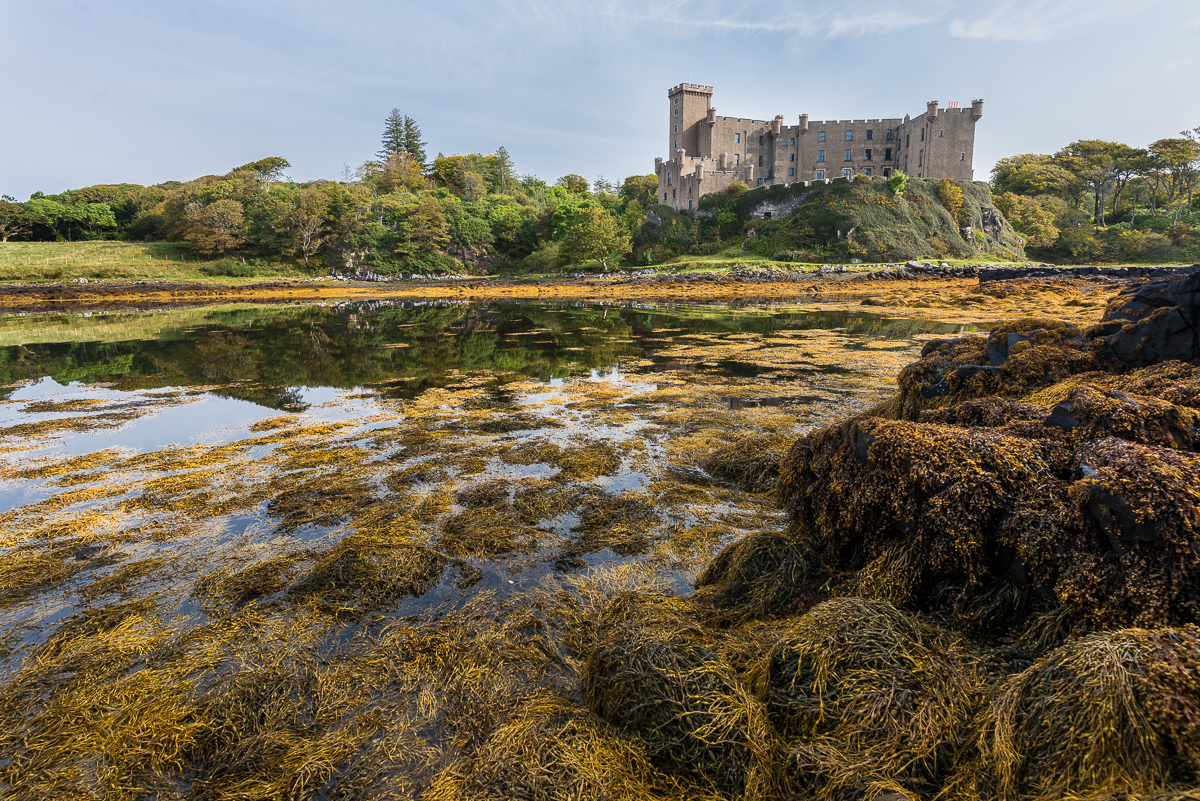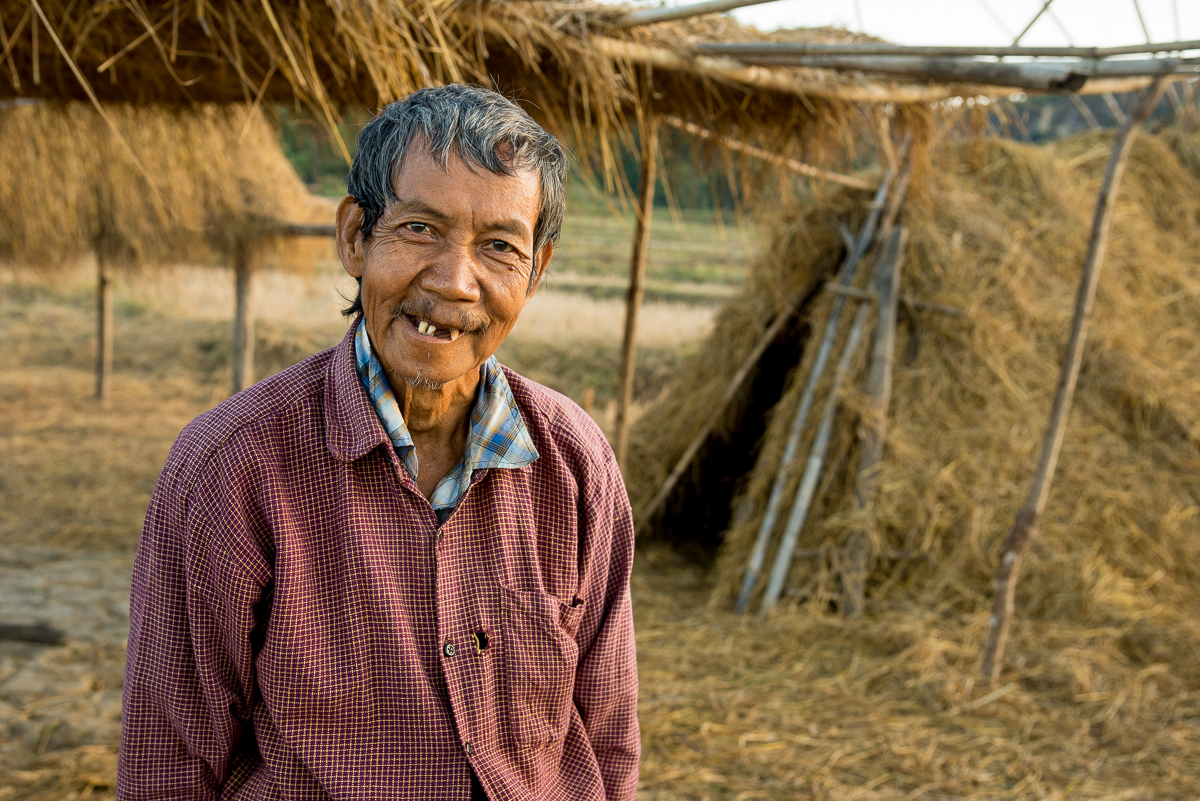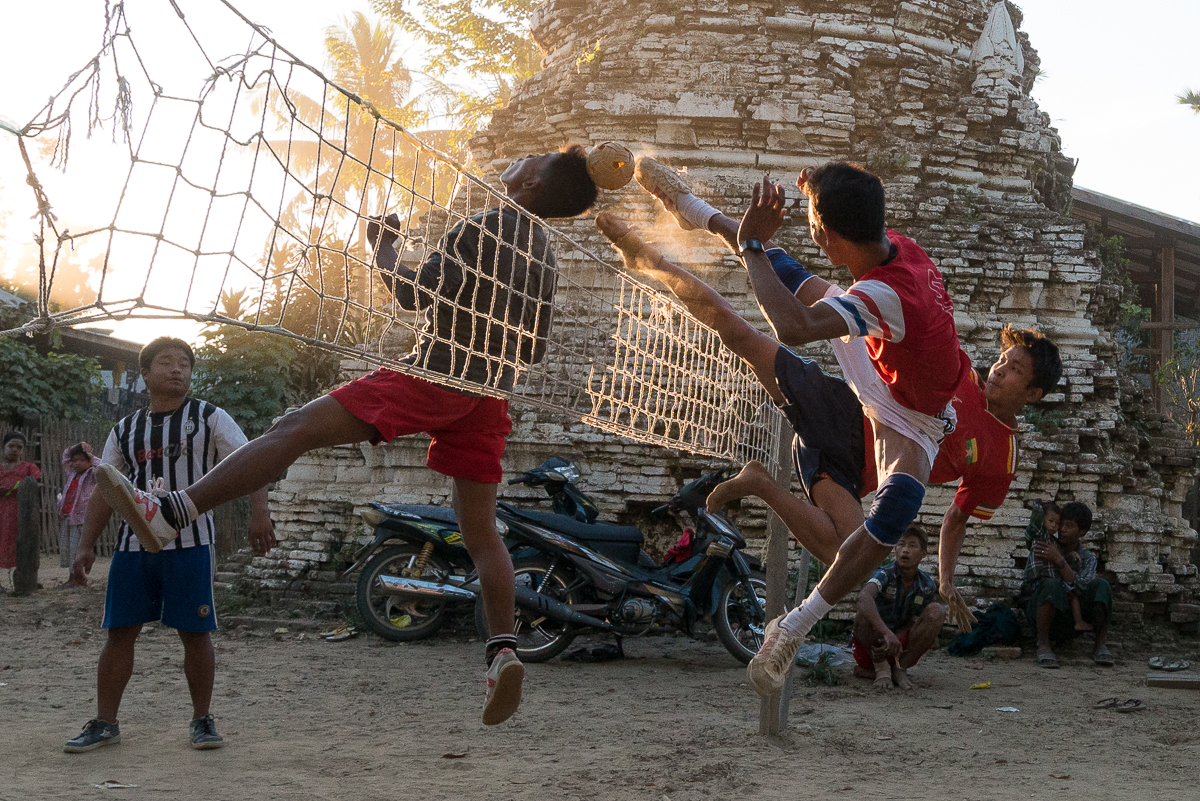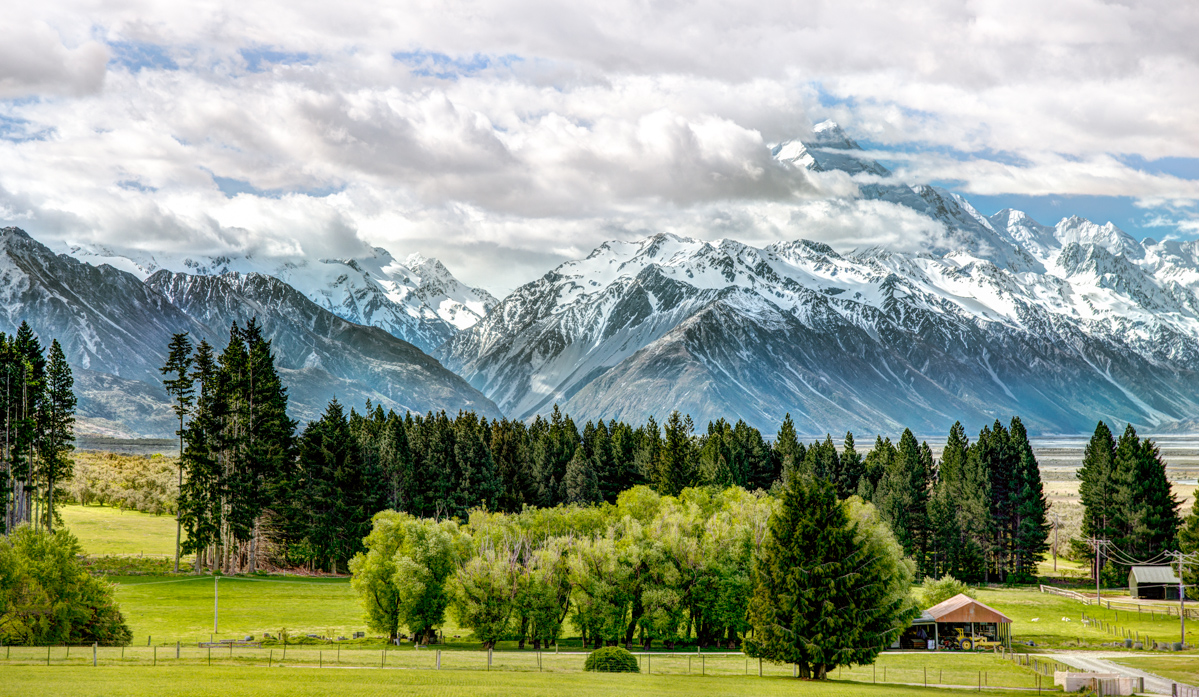Part 2 of a series that will last ’til I run out of pictures. And stories.
Havana is on the northern coast of Cuba. It’s just about 100 miles from Key West, Florida, but it’s nonetheless a world away. Though the city has plenty of sightseeing stops, really seeing Havana meant seeing how Cuban people live. Lots of them live in 100-year-old crumbling buildings; half a building may have literally fallen down while the other half houses several families. Layers of plaster, masonry and bright-colored paints flake and fall away from grand old architecture, leaving the colorful mosaics that are now icons of the urban Cuba landscape. Few residences have any sort of air conditioning or even glass in the windows, so much of life seems to be spent in open windows and doorways or on balconies and sidewalks.
Most Cubans work for the (socialist) government, or in government-controlled jobs. Whether they’re doctors, policemen or janitors, their government salary is somewhere around $20 a month. The consolation (if you can call it that) is that food is distributed (rationed) via a government program referred to as the libreta (Spanish for “booklet,” referring to their monthly ration books that allow the purchase of food for pennies on the dollar). In residential areas, there are almost no stores or shops, but instead lots of government facilities administering the libreta system. There’ll be one place distributing eggs, another distributing rice and beans, one with bread, another with fish and chicken, one for beef, and so on. They’re stark and empty-looking places, usually with a tiny inventory and a bored-looking staff of four or five. Not exactly the picture of efficiency, but labor is cheap and efficiency surely isn’t a hallmark of socialist systems.
In many ways, Castro had sold Cuba’s soul to the Soviets, who propped Cuba up for 30 years. When the Soviet Union collapsed, so did Cuba’s economy. Since that collapse, the libreta system no longer includes manufactured (non-food) goods, so it is very difficult for most Cubans to get simple things like pens, razors, aspirin, and even soap. The passengers on my flight into Cuba were primarily Cubans returning from a very rare visit to the U.S., or Cuban-Americans visiting family in Cuba. Every one of them had “luggage” consisting of huge hay-bail-sized bundles of stuff (clothes and other manufactured items) not available in Cuba. One man was wearing five felt cowboy hats stacked on top of one another; two others were each carrying four car tires as their checked-baggage.
The street merchants shown below are not part of the libreta system. (We were told we could not photograph government facilities.) Along with some small privately-owned restaurants and street vendors of other sorts, there are a handful of pockets of semi-free enterprise, something that is apparently becoming much more common and permissible now that Fidel (Castro) has turned the leadership over to his brother, Raul.
Can you believe that great-looking kid (and his orange/gold/white outfit) in the picture at the top of this post!?! He was playing street baseball with a small crowd of his buddies on the sidewalk of the “Malecon” (Havana’s seawall boulevard) just before sunset. He was head-and-shoulders taller than the rest. I barged into the middle of their game and asked the kid if I could take his picture. He was obviously flattered to be singled out in front of all his buddies, but in every shot other than the one above, he was trying to look tough and/or grabbing his crotch and flashing some kind of rap-singer-looking hand gesture. I think that’s my favorite picture from the trip, though I’m embarrassed to say I forgot the kid’s name.
The two boys below (also aspiring baseball players, it appears) were not rushing out of their house to play baseball; they were rushing out to “greet” me, which in this case meant their mugging for the camera and then asking me for a buck. Each.
Lots more Cuba pictures still to come.
